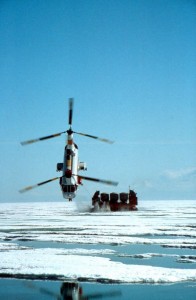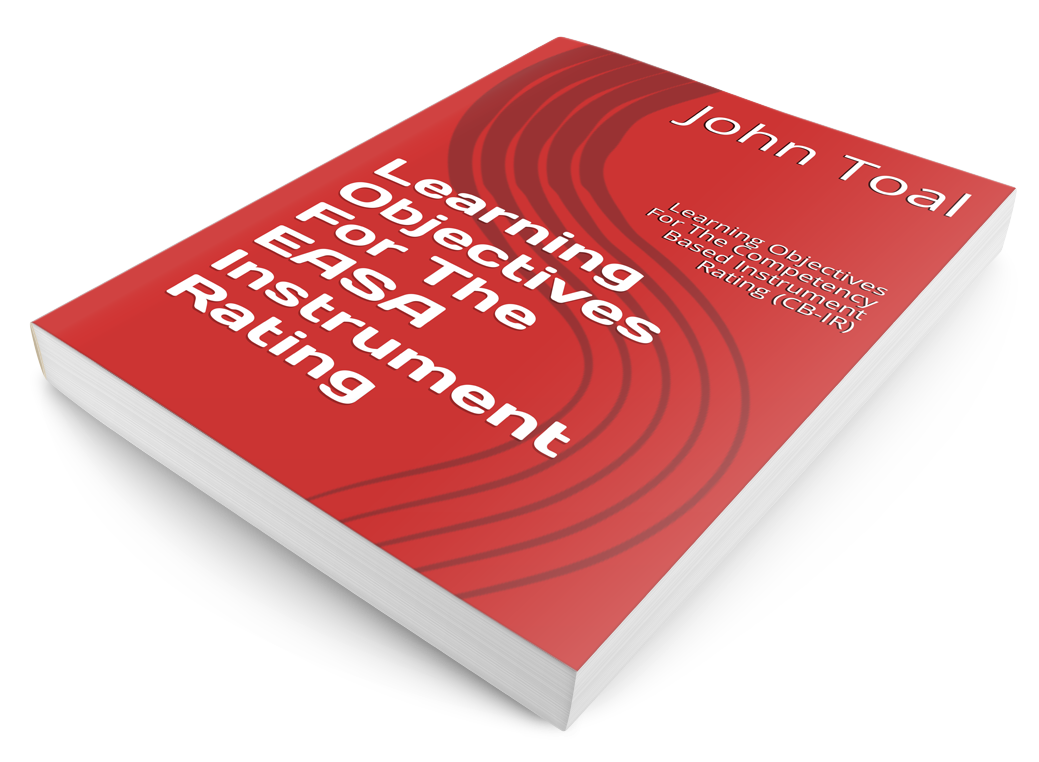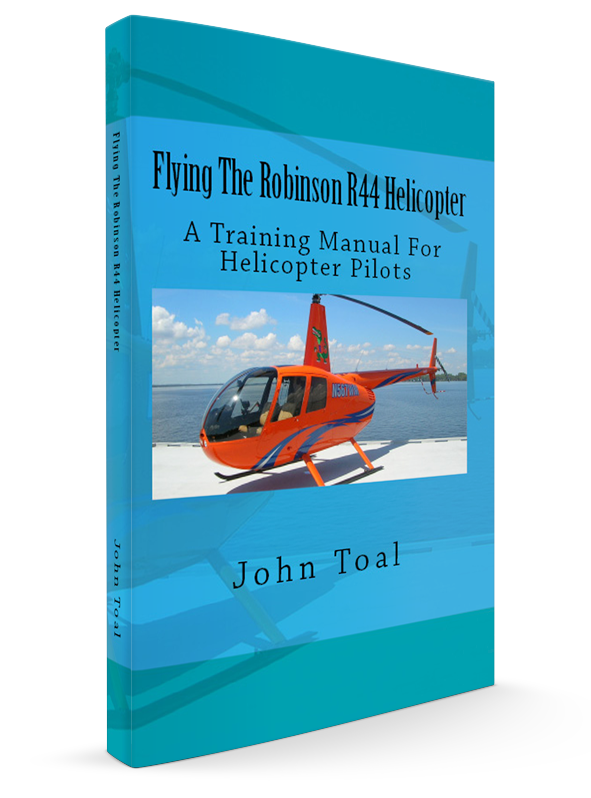Over-pitching
(Updated on 28th March 2021)
What Is Over-pitching?
Overpitching occurs when you demand too much power from the engine and a drop in Rotor RPM (RRPM) occurs. When you keep raising the collective lever without any consideration for power limitations; you are increasing the pitch angle of the main rotor blades. As the pitch angle is increased, drag is also increased. To overcome the drag, more fuel must be added to the engine to increase power. This is normally done by a correlator or a governor or both.
If the collective lever is raised further, at some point the engine will be at full throttle. Any further attempt to raise the collective will result in a reduction of RRPM as the engine has no spare capacity to overcome the drag on the blades. This is a very dangerous situation. “Overpitching”.
As the RRPM decays, the main rotor blades will cone more and the coning combined with the reduction in RRPM and subsequent loss of lift (due to reduced airflow over the blades) will cause the helicopter to descend.
A pilot’s automatic (but INCORRECT) reaction to stop the descent is to raise the collective. Obviously this will increase the pitch angle and cause a further reduction in RRPM and a faster rate of descent.
Recovery From Over-pitching
The recovery from over pitching is not instinctive and relies on good training habits. When the low RPM warning horn/light comes on during normal flight, you must react immediately.
- Lower the collective to reduce the pitch angle and thereby reduce the drag on the main rotor blades.
- Simultaneously open the throttle to help recover the RPM.
Combining the collective movement with the throttle movement will recover the RRPM in a timely fashion.
Did you enjoy this post? Why not leave a comment below and continue the conversation, or subscribe to my feed and get articles like this delivered automatically to your feed reader.









Comments
No comments yet.
Leave a comment